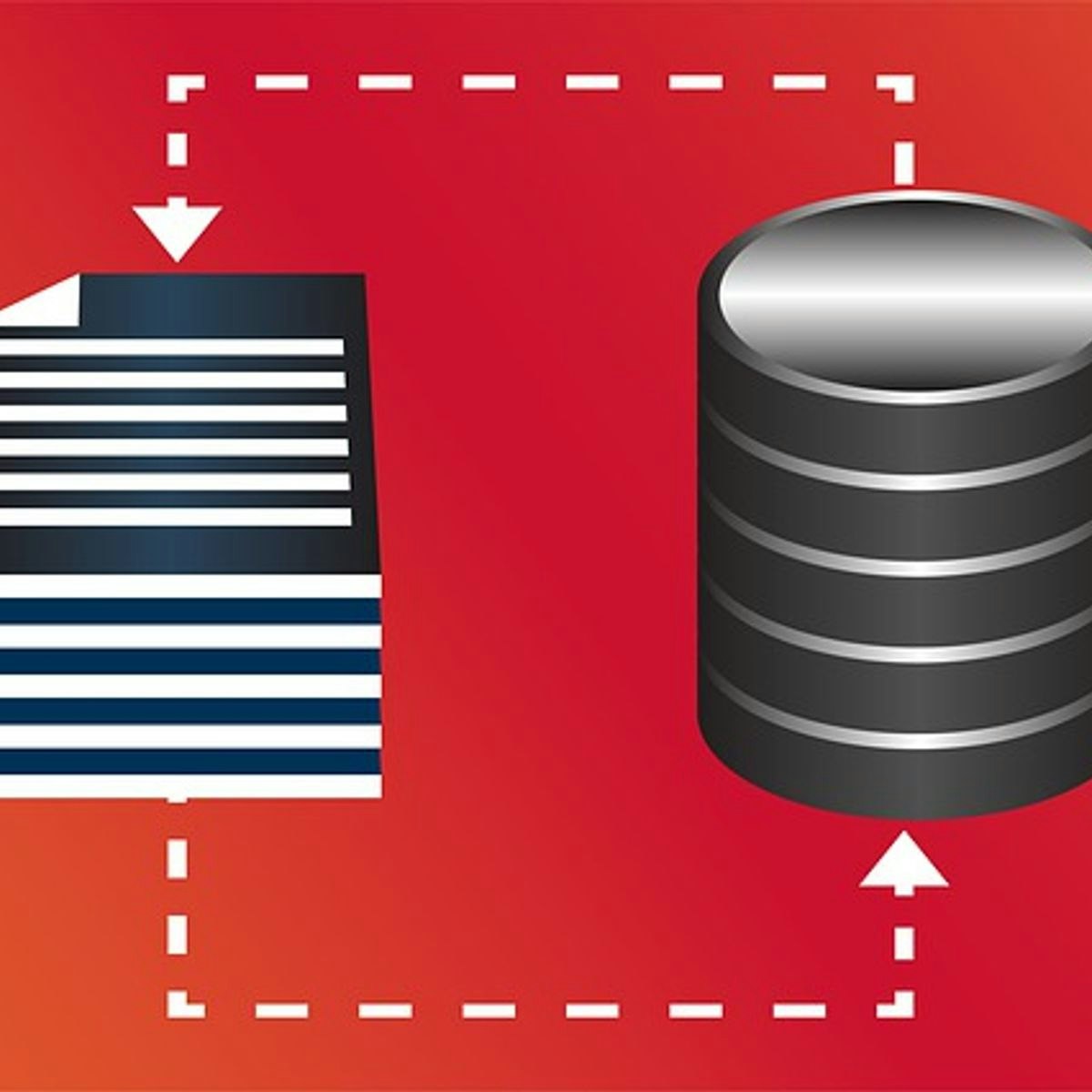Create Fault Tolerant MongoDB Cluster
Overview
In this course, you will create a MongoDB replica set on a single Linux server to become familiar with the setup. There will be three servers, one primary server and two secondary servers. You will then populate the database collection from a csv file using the Mongo shell. You will then retrieve data from the collection to verify the data. Finally, one of the servers will be taken down and you will observe that the data is still available through a new primary server. Database Replication is an important aspect of Data Management. By keeping copies of a database on multiple servers, it allows continuous access to data when a database server goes down. Each replica database server should be kept on a separate physical server. This ensures that if one entire physical server become unavailable for some reason, the other database servers can still be accessed. MongoDB includes the means to handle replica in a straight-forward manner. There is one primary database server through which an application may connect to the database. Any time a write occurs to the primary server, the secondary servers are updated with the new data. When the primary server goes down, one of the secondary servers takes over as the primary server. There is a minimum of three servers required for a replica set. Note: This course works best for learners who are based in the North America region. We’re currently working on providing the same experience in other regions.

